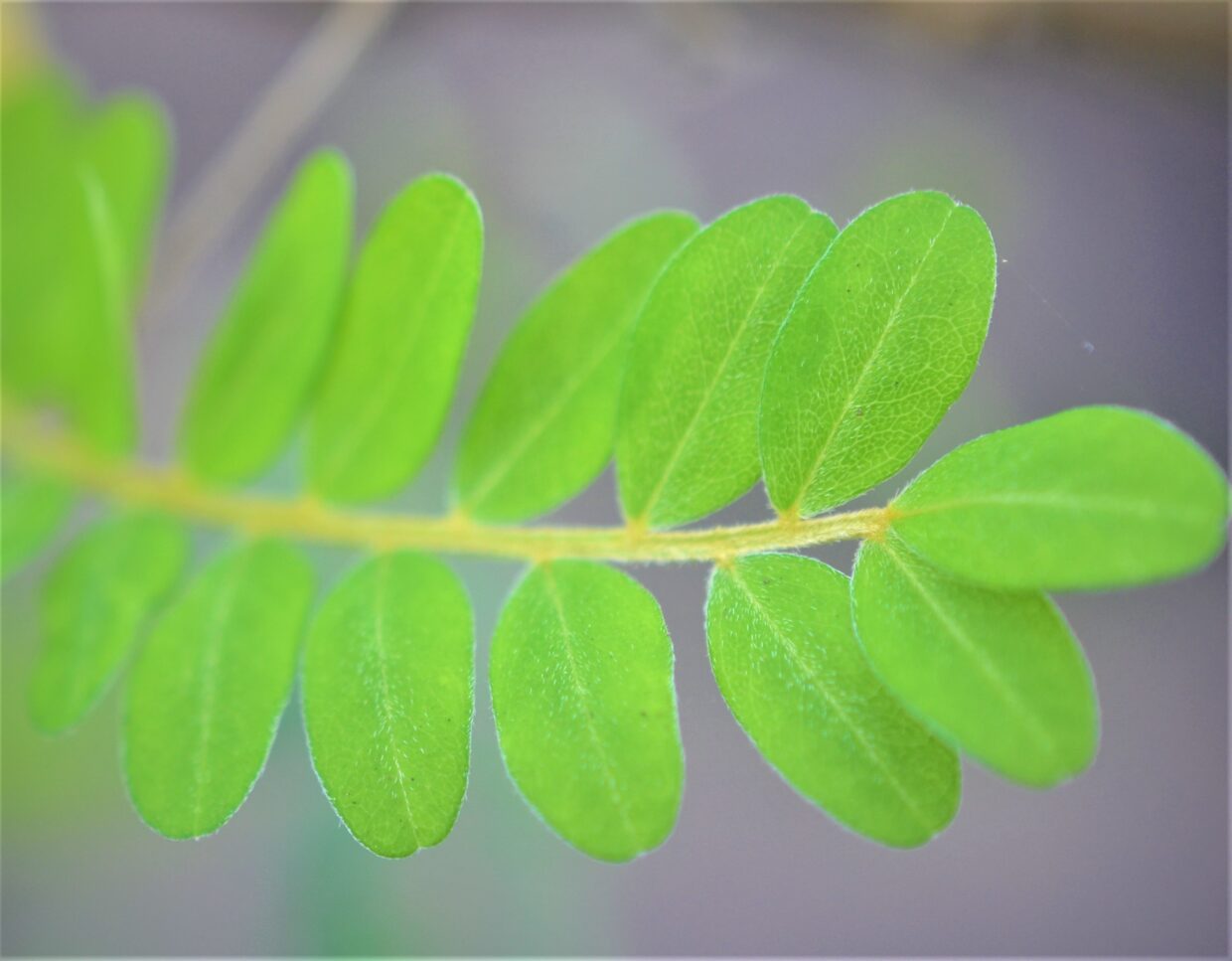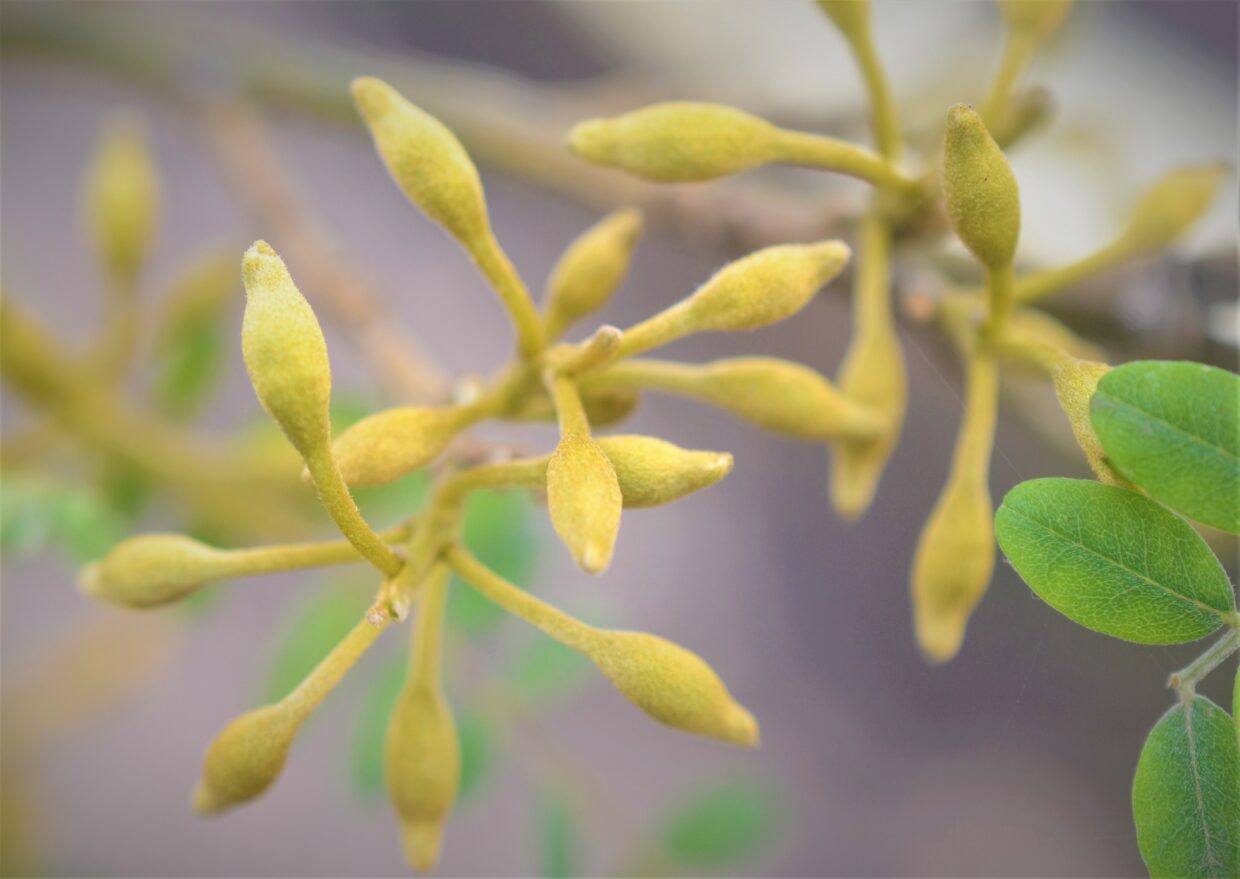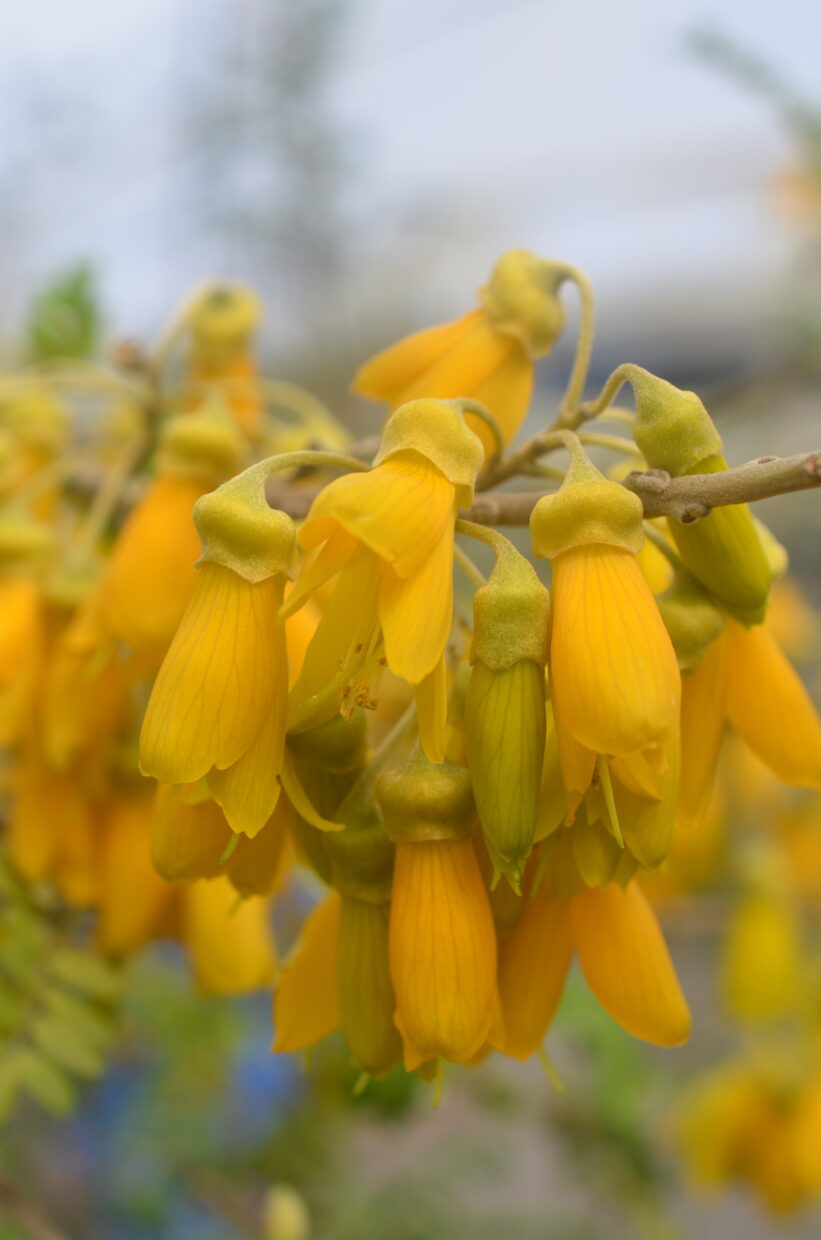Place of Publication
Nat. Hist. Juan Fernandez & Easter Isl. 2(5): 73 (1922b)
References
-
Skottsberg (1922b)
Skottsberg, C
1922b. The Phanerogams of Juan Fernandez Islands. In: The Natural History The Phanerogams of Juan Fernandez Islands. In: The Natural History of Juan Fernandez and Easter Island 2(5), Botany, ed C. Skottsberg, C., pp. 61-84. Uppsala: Almqvist & Wiksells
-
Maunder et al. (1999)
Maunder, M.
,
Culham, A.
,
Bordeu, A.
,
Allainguillaume, J.
and
Wilkinson, M.
1999. Genetic diversity and pedigree for Sophora toromiro (Leguminosae): a tree extinct in the wild. Molecular Ecology 8: 725-738
-
Maunder et al. (2000)
Maunder, M.
,
Culham, A.
,
Alden, B.
,
Zizka, G.
,
Orliac, C.
and
Lobin, W.
2000. Conservation of the Toromiro Tree: Case Study in the Management of a Plant Extinct in the Wild. Conservation Biology 5(14): 1341-1350
Regions
Isla de Pascua
Distribution and habitat
In 1774 during Captain Cook's second voyage, the naturalists J.R. & G. Forster made the first scientific collection of Sophora toromiro from Rapu Nui (Easter Island). At that time this small tree only survived as scattered thickets in open areas. At one time this sacred tree was wide spread on the island but was overexploted by the indegenous people as it was greatly valued for its carving wood. Even though in the late nineteeth century the dwindling population was cultivated by local people in household plots, the collapse of the Polynesian social structure by the 1880s meant that the mamnagement of the trees ceased. The last remaining tree was finally chopped down in 1960 from the Rano Kao crater but in 1958 seed collected from this specimen survived ex-situ in several European botanic gardens. A number of trees are also grown in gardens outside of Europe in USA and in numerous locations in Chile. The earliest known reintroduction programme took place in 1965 however, this and subsequent attempts have been unsuccessful.
Conservation status






